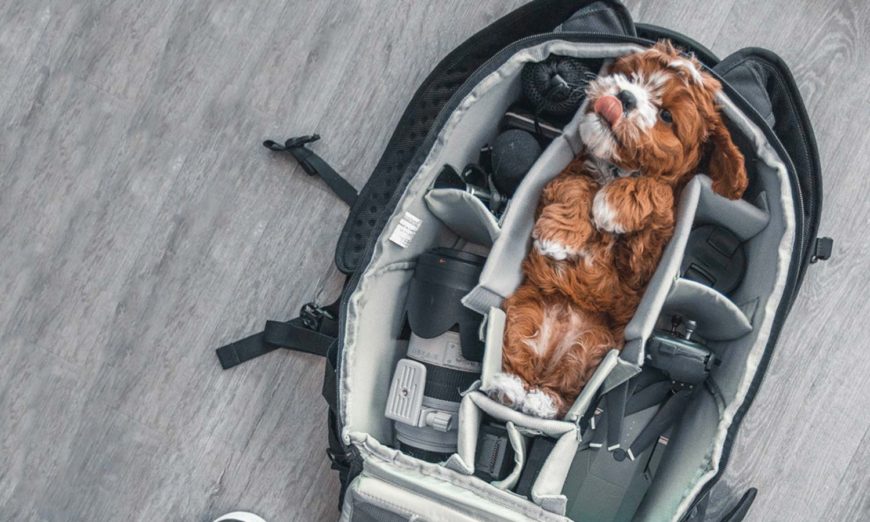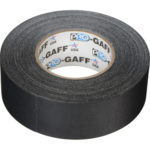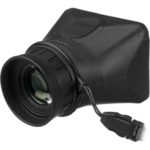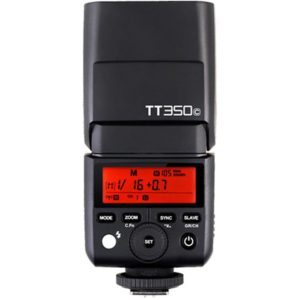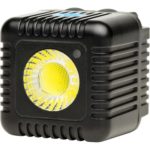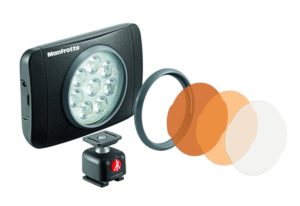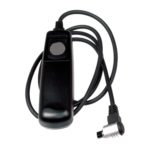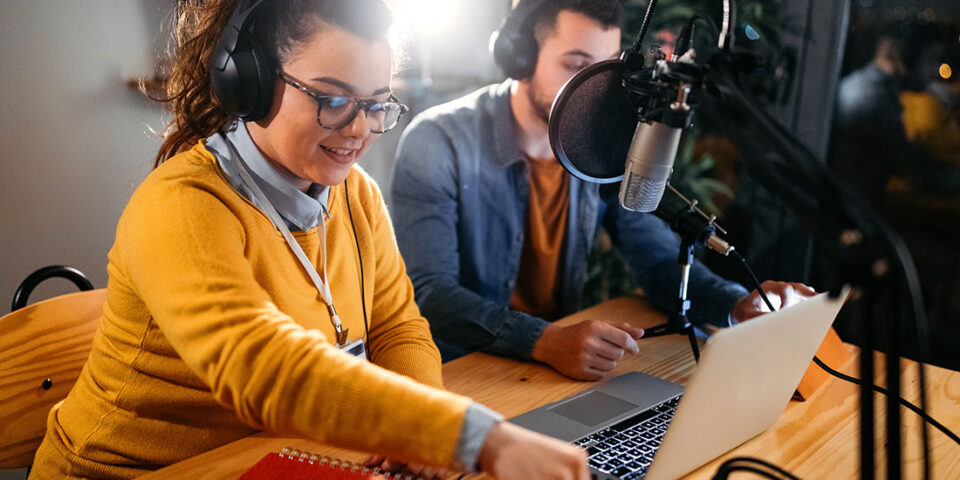Many creators find the wintertime not conducive to photography or videography and for some, it may have been months since picking up the camera. With the spring flowers already starting to bloom in some areas, let’s look at some ways to get back in the game and make even better content.

LensPen
This sounds overly simple, but I am always surprised to see folks using their shirt or sleeves to clean their very expensive lenses. The risk of creating micro scratches is very high, even with lenses having superior micro coating. Filters, which are built to a lesser standard are even more susceptible. A LensPen consists of a retractable soft brush to help remove physical dust and grit, and a carbon-infused soft tip. It aids in removing fingerprints, grease and particles floating in the air that will cause loss of contrast, flaring and other image impacting problems. The LensPen is inexpensive and other people tend to borrow them, so I recommend getting a few and burying them in your camera bag. And stop using your shirt.
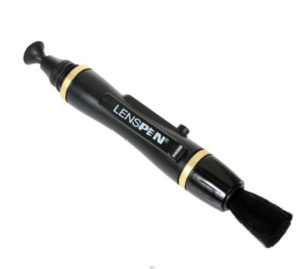
Figure 1: A LensPen. Easy as pie.
Gaffer Tape
I say to all my students that if you don’t have gaffer tape in your bag, you are missing a key accessory. Gaffer tape comes in black, white and a green that is allegedly chroma key green but really isn’t. Get a roll of black, and then tear off several strips 8 to 12 inches long. Gaffer tape leaves no residue and can be reused several times. I tape strips to the upper legs of my tripod, and inside the lid of my camera bags. I will also wrap strips around the outside of my lens hoods where it fits. This way, I always have gaffer tape with me, without having to carry the entire roll. Gaffer tape can be used to hold things in place, as well as out of the way, in a non-destructive manner while you make images.
Figure 2: The Creative’s best friend; gaffer tape
Chimping Skills and a Loupe
Chimping skills aren’t really an accessory, but if you aren’t chimping your shots, you may be missing something critical or over shooting. Chimping simply means a two-step process. You press the play button on your camera to review the images or clips that you shot, AND you use the zoom in function to zoom in and check your focus on your key subjects. I cannot count the number of times that I have heard people say, “it looked good on the LCD, but it’s soft on my computer”. Chimping is viewing AND zooming. It takes only seconds and can save your shoot.
Some people still don’t chimp because they have trouble seeing the LCD in bright light. If your camera doesn’t have a viewfinder, this glare and small size is really going to impact getting the photograph in the first place. By using a loupe over your LCD, your playback experience is improved and it is really amazing at how much a difference a loupe will make when you are shooting using the LCD. If you do not want to hold the loupe against the LCD with your hand, there is a very simple flexible strap system that can hold it in place.
Figure 3: Hard to see the LCD without one of these; a loupe
Camera Flash
You’re probably not surprised to see me advocate for carrying a flash with you. I never go out without a camera flash and radio controller system. Often the difference between a good shot and a great shot is putting a kiss of light where you need it. TTL flash works brilliantly. If you use Program or Aperture Priority mode, the flash is automatically set to act as a fill, not the dominant source, making the balancing of flash and ambient light completely automatic. If your camera has a pop-up flash, that will work too, although I recommend a flash that can be used off camera and be controlled remotely.
Figure 4: Godox TT350 TTL flash available for Canon, Nikon, Sony, Fujifilm and Olympus/Panasonic
Portable Continuous Light
A flash won’t help you much for your short video clips and you may want to play with light positioning in micro movements to fill in shadows in close-up work. While nowhere nearly as powerful as a flash, a tiny continuous LED lamp is always great to have. The Lume Cube is a great tool and while you can control it with your smartphone, you don’t have to. I also recommend the Manfrotto Lumimuse family. Both are tiny, provide excellent variable output and last a long time on their rechargeable integrated batteries.
Figure 5: Lume Cube – so small and so simple
Figure 6: Manfrotto Lumimuse 6 LED Light
Mini Tripod
You very likely have a full-sized tripod and perhaps even a travel tripod. I like having a mini tripod with me all the time for low-angle shots and also to use as a brace against a tree or on top of a fence post to hold my camera. You can use it to hold your camera of course, but I find it very handy to hold a flash or small light by adding a simple cold shoe adapter.
Figure 7: Sunpak Super Mini Pro Tabletop Tripod
Wired Remote Release
Sometimes just firing the camera by hand can create some camera shake. The easiest way around this is with a wired remote release. The connectors are sometimes camera body specific and sometimes quite generic. Check your manual or with your Henry’s sales professional. You do not need to spend a lot of money on a remote release, and they are always handy to have.
Figure 8: Essentials Wired Remote Release
Extra Battery
Have you ever been out at a one-day, once-in-a-lifetime event like a wedding, or on vacation with your family and had your camera battery run out on you? What did you do? Did you have to pack up your gear and rely solely on memory for the rest of the trip? To avoid that situation, packing at least one extra camera battery will save you in the short- and long-run.
Conclusions
Having this selection of inexpensive accessories is going to make it easier for you to make great images, and you don’t need a giant bag to carry it all either. I find resealable plastic bags a great way to keep all my small accessories together.
If you have questions about this or any other subject, please leave a comment below.
